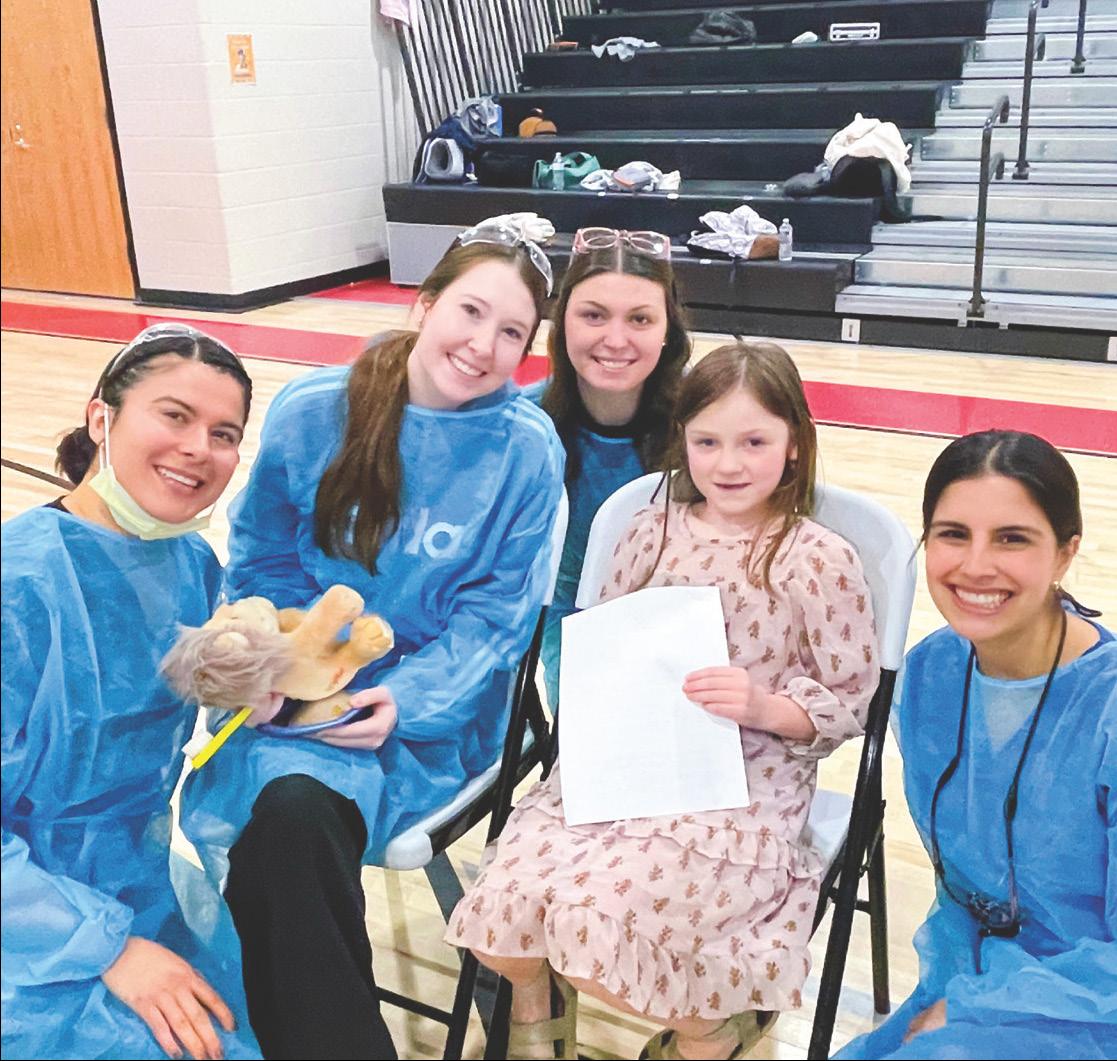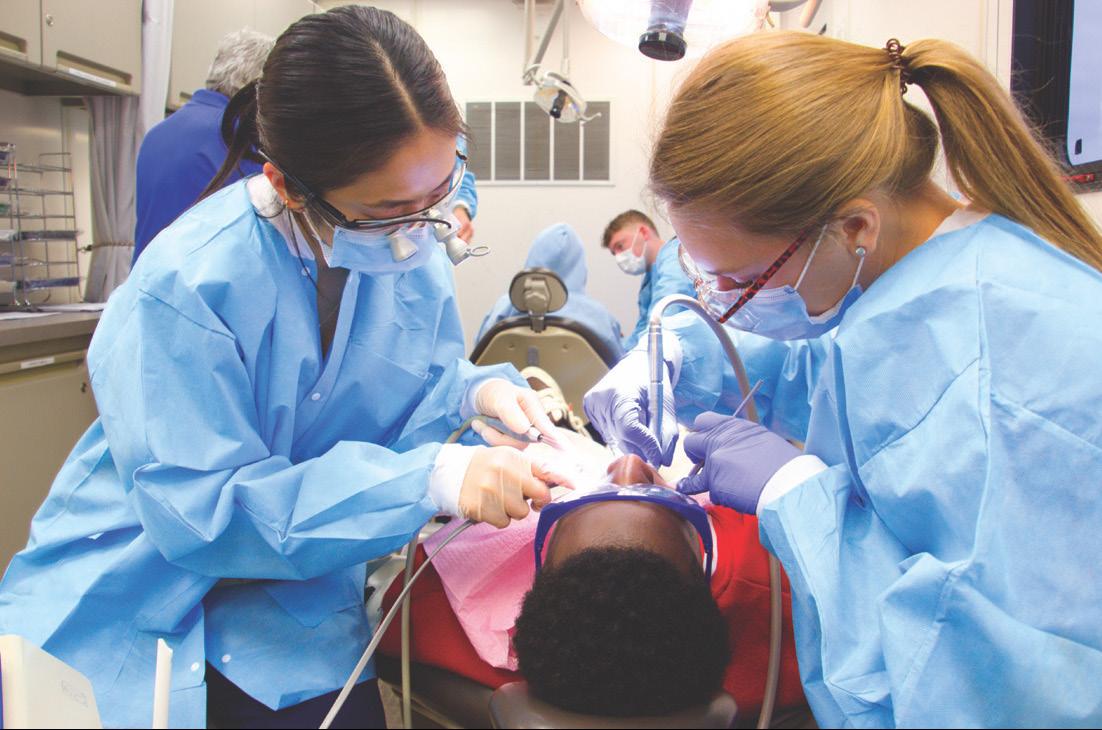What is “SEAL KENTUCKY”?
Established in 1996 and initially funded by the E.O. Robinson Foundation Trust, Seal Kentucky is a preventative dental program designed to address the unmet oral health needs of children and teens across Kentucky. The program is part of a Public Health Dentistry course and gives first-year dental students the opportunity to deliver dental services to young people in underserved communities.
Which schools are the preferred candidates forthe program?
Priority is assigned to schools with a high percentage of students participating in the free and reduced lunch programs (92% and up). Seal Kentucky is open to students in grades K-12.
Contact Us
Dr. Ronald Singer
Associate Professor
Division Chief
Public Health Dentistry
rlsi223@uky.edu
859-323-5388
Amber Truax
Project Manager
Dentistry Outreach & Training Coordinator
antrua2@uky.edu
859-323-5556
College of Dentistry
College of Dentistry
SEAL Kentucky
What dental facilities and dental techniques are used?
The College of Dentistry transports and sets up a ten-chair mobile dental clinic in the gym. Each station utilizes a portable suitcase compressor, which provides suction, air/water, and connections for dental handpieces. Standard infection control and clinical protocols are followed. Light-cured dental sealants are applied with proper isolation and high-volume suction. Students also receive oral hygiene education and a dental cleaning with fluoride varnish application. Radiographs are provided as needed.
What are dental sealants?
Tooth decay usually begins in the grooves of the back permanent teeth. A dental sealant is a liquid resin that is painted in the grooves and light-cured (hardened) to prevent or seal out decay.
Why are dental sealants important?
Sealants are particularly effective in protecting the grooves on chewing surfaces of molar teeth from the infection that results in pit and fissure decay. Much of the decay in children starts in these pits.
Fluoride is more effective in preventing infections that cause decay on the smooth surfaces. Both types of protection prevent tooth decay in children.
How long do sealants last?
The sealants can last for five years or more, but should be checked regularly. If needed, the sealants can be reapplied.
Which teeth should be sealed?
A child’s molars should be sealed. These teeth usually come in at about ages 6 and 12 and should be sealed as soon as possible after eruption. At times, teeth other than molars (premolars) are also sealed.
Will there be a follow-up visit?
Yes. After the preventative visit, our mobile dental clinic will return to the school to provide restorative care for the students whose treatment plan indicates dental decay.
How is the program funded?
Seal Kentucky is funded by private donations, financial awards from local organizations, and clinical revenue as part of the UK Mobile Dental Outreach Program. If you would like to support Seal Kentucky, please contact UKCD Philanthropy Director Linda Epling at linda.epling@uky.edu.
Mobile Dental Clinic













